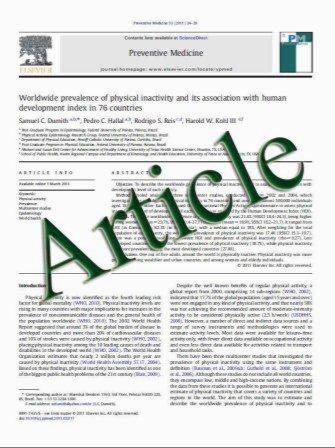In situ RHAMM protein expression in acute myeloid leukemia blasts suggests poor overall survival
- نوع فایل : کتاب
- زبان : انگلیسی
- مؤلف : Alexandar Tzankov & Ulrich Strasser & Stephan Dirnhofer & Thomas Menter & Caroline Arber & Martine Jotterand & Alicia Rovo & Andre Tichelli & Reinhard
- چاپ و سال / کشور: 2011
Description
Treatment options for patients with high-risk acute myeloid leukemia (AML) include high-dose chemotherapy regimens in combination with allogeneic hematopoietic stem cell transplantation, which takes advantage of the donor Tcell- mediated graft-versus-leukemia effect. Together with beneficial responses observed in assays targeted at leukemia-associated antigens (LAA), this encouraged research on cancer vaccines and adoptive cellular therapies in AML. The receptor for hyaluronic acid-mediated motility (RHAMM, CD168) was identified as one of the most promising LAA in AML. Thus far, little is known about in situ expression in leukemic bone marrow blasts or the prognostic role of RHAMM and its interaction partners in AML. We immunohistochemically analyzed the expression and prognostic significance of RHAMM on trephine bone marrow biopsies from 71 AML cases that had been evaluated for cytogenetics and presence of FLT3-internal tandem duplications and NPM1 mutations. Fifty-five patients (77%) were treated with curative intent, while 16 (23%) received the most appropriate supportive care. Twenty of 71 (28%) AML cases were considered RHAMM+. Receiver operating characteristic curves showed significant discriminatory power considering overall survival (OS) in AML patients treated curatively for RHAMM (p=0.015). Multivariable analysis revealed that expression of RHAMM in >5% of leukemic blasts identifies a subgroup of curatively treated cases with adverse OS independent of failures to achieve complete remission. RHAMM not only represents a promising LAAwith specific T-cell responses in AML but, if assessed in situ on blasts, also a probable prognostic factor.
Ann Hematol (2011) 90:901–909 DOI 10.1007/s00277-011-1159-6 Received: 17 September 2010 / Accepted: 10 January 2011 / Published online: 28 January 2011


